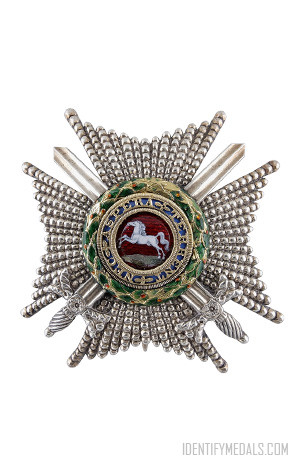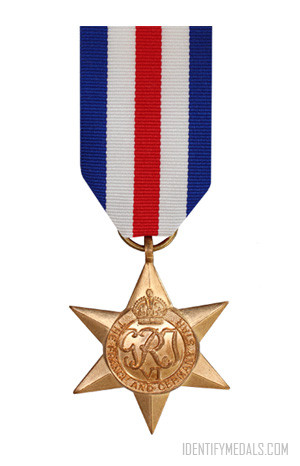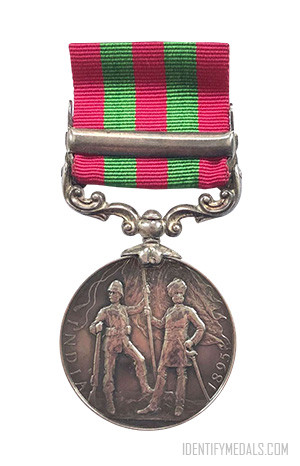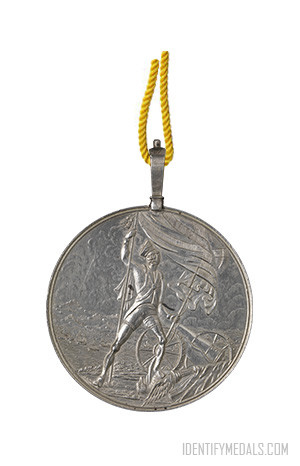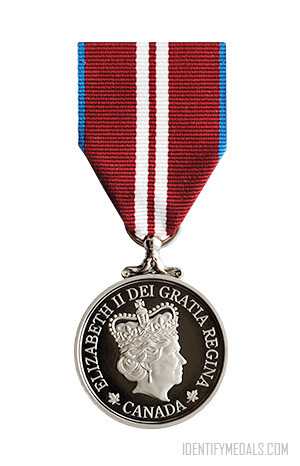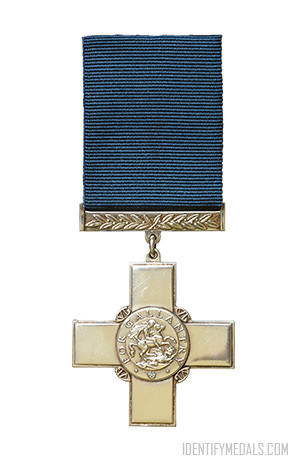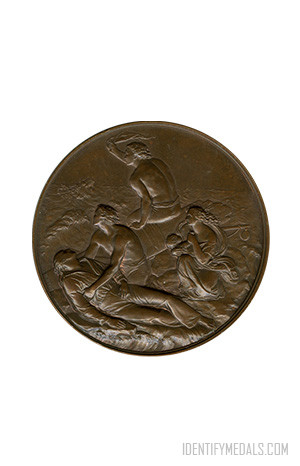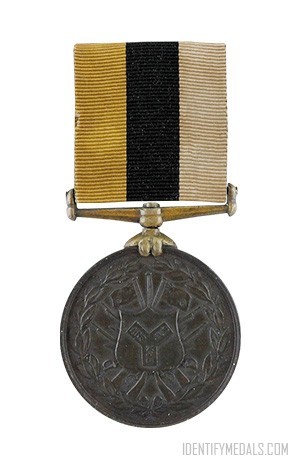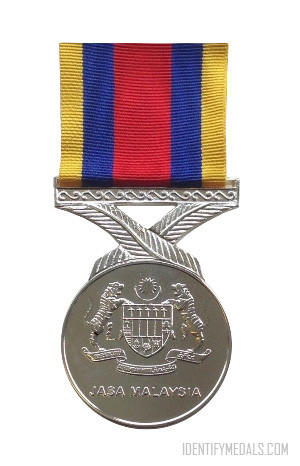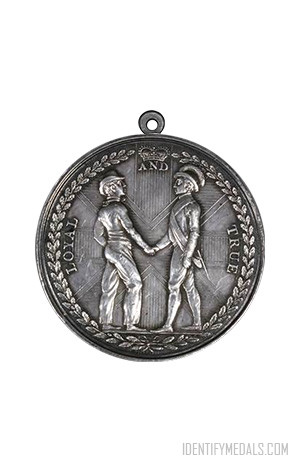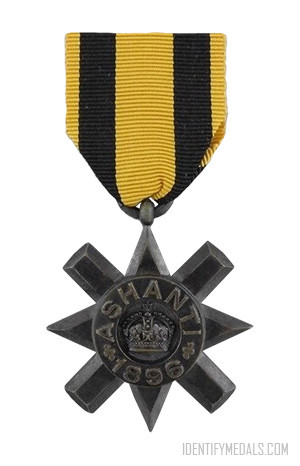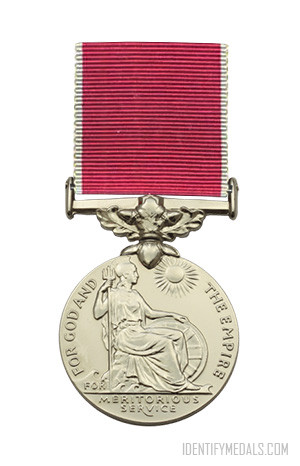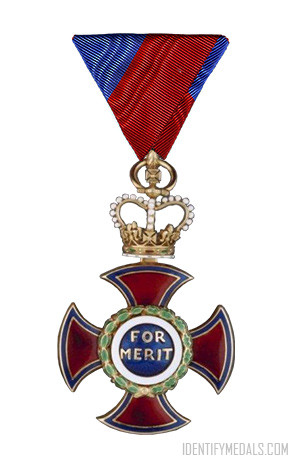- Time Period: Pre-WW1
- Year of Institution: 1815
- Country: Great Britain
The Royal Guelphic Order (or the Hanoverian Guelphic Order), is a Hanoverian order of chivalry instituted on 28 April 1815 by King George IV. It takes its name from the House of Guelph, of which the Hanoverians were a branch.
Because Hanover and the United Kingdom shared a monarch until 1837, the order was frequently bestowed upon British subjects, usually to officers in the British Navy and Army. However, it was still classed as a foreign order, with British members of the order not entitled to style themselves as “Sir”. When Hanover was annexed by the Kingdom of Prussia in 1866, the order continued as a house order of the Royal House of Hanover.
The Order includes two divisions: Civil and Military. From 1815 to 1841, the classes were:
- Knight Grand Cross (GCH)
- Knight Commander (KCH)
- Knight (KH).
After 1841, the classes became:
- Grand Cross
- Commander 1st Class
- Commander 2nd Class
- Knight
- Cross of Merit.
The Royal Guelphic Order Design
The collar chain is made in gold, with alternating lions and crowns linked by scrolled royal ciphers. The collar badge is an eight-pointed Maltese cross with balls on each point and a lion in each angle. The obverse bears, in the center, a white horse of Hanover on a red enamel background, surrounded by a blue enameled circle reading “NEC ASPERA TERRENT” (or “Difficulties do not terrify” in Latin). The reverse has the monogram GR in gold letters, surmounted by the British crown and surrounded by a gold circle with the date of institution inscribed: MDCCCXV. The Military Division is indicated by crossed swords on both the badge and star.
The star has rays grouped into eight points and shares the same design in the center as the badge. The ribbon measures 44 millimeters and is made of light blue watered silk.

